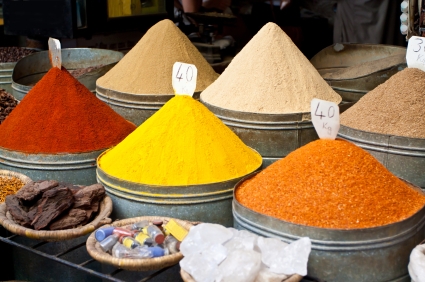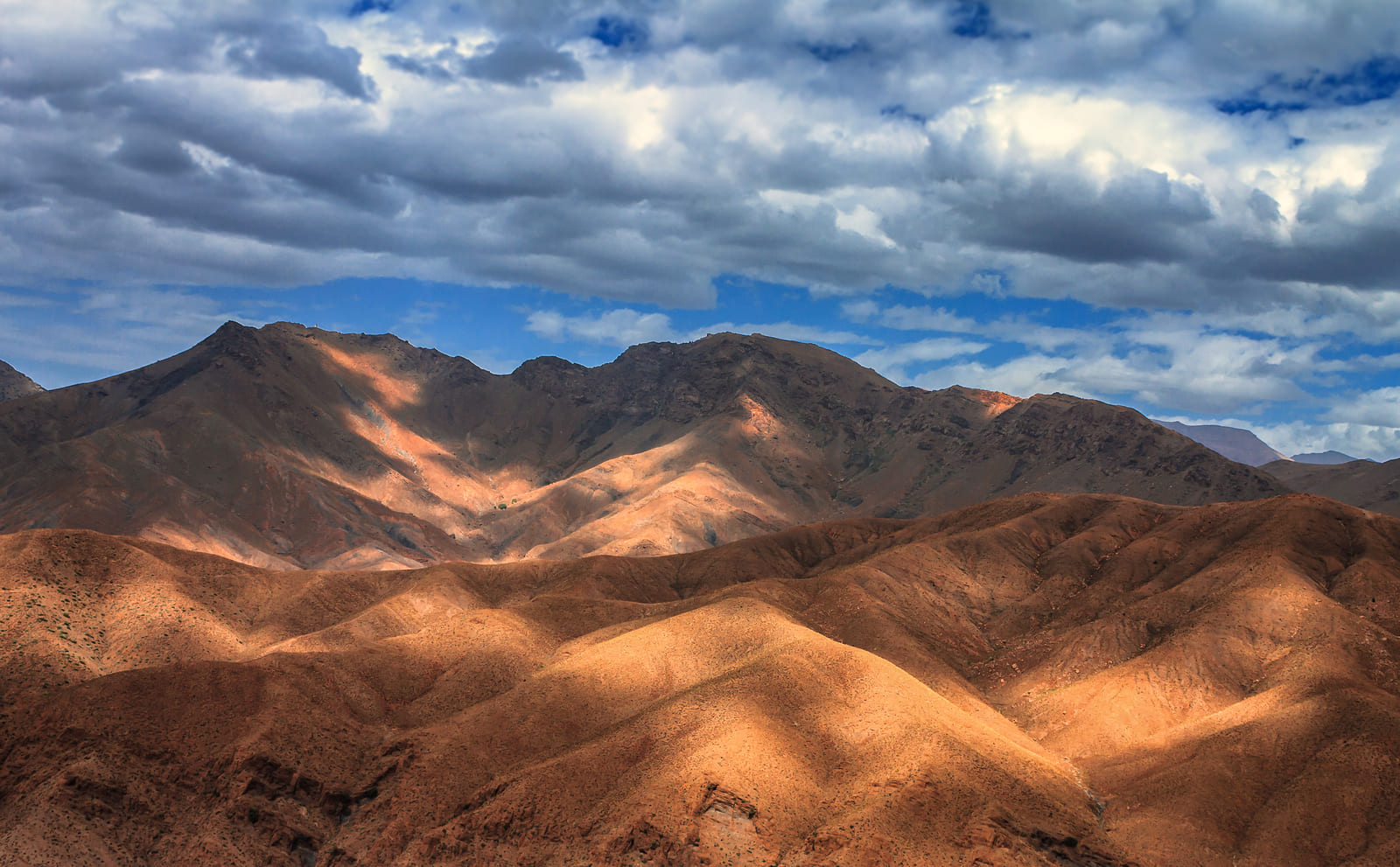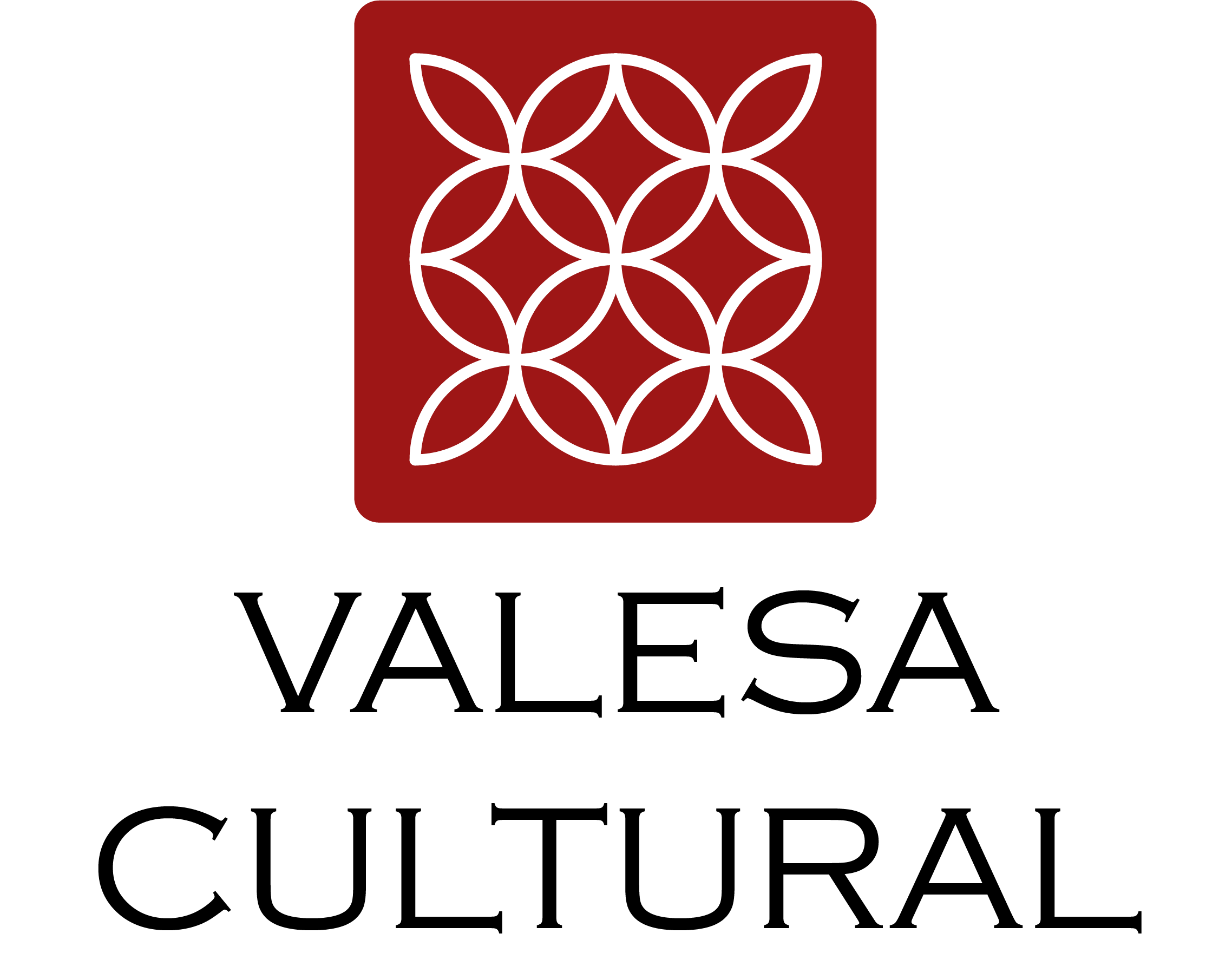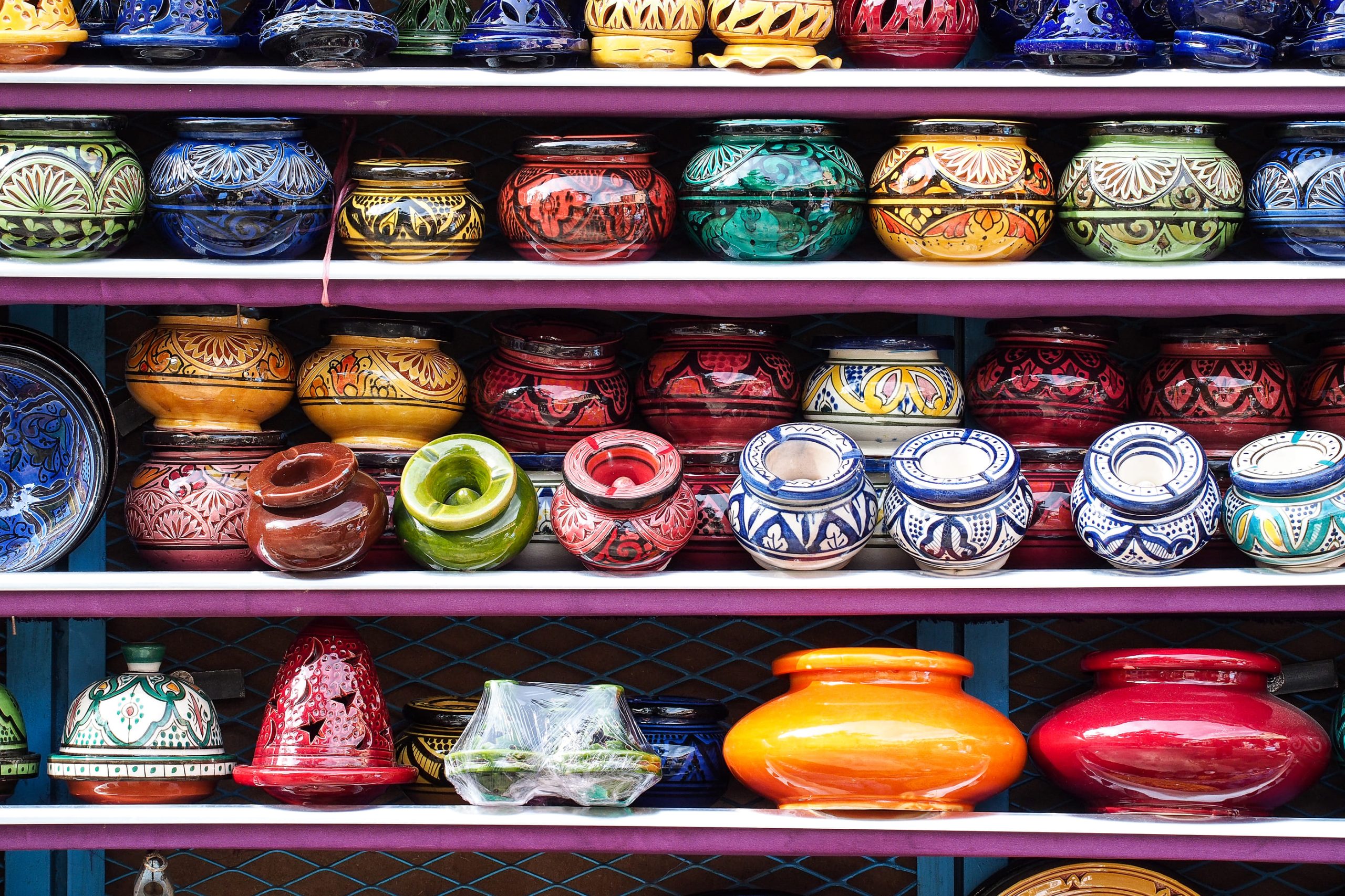The village of Tiniskt that we have adopted in the High Atlas Mountains pertains to the Berber community. In order to understand them better, we’d like to share some facts about these resilient and hospitable people.
Present day Morocco is a combination of Arab, Berber and Andalusian cultures, with African, Hebraic and Mediterranean influences. The Berbers are Morocco’s indigenous people whose existence dates back to prehistoric times, Berber peoples, also called ‘Amazigh’, are indigenous to North Africa and speak the Berber language which is part of the Afro-asiatic language family. The Berbers are known to be skilled nomads of the Sahara desert, and many Berber tribes maintain their nomadic lifestyle within rural Morocco.
Due to cultural blending over the centuries, the Jewish culture and traditions are uniquely intertwined within the Berber community. While one theory is that Jews migrated to North Africa and adopted the Berber language and culture, it’s clear that the social ties between Jews and Muslims in areas of Berber culture were very close. Jewish Berber traditions are part of Morocco’s rich culture to this day and can be seen in crafts, customs, food, clothing, music and beliefs. In Essaouira, for example, Berbers still practice the same silversmithing techniques
introduced by the Jews. Traditional Jewish trades also align with what we see in Berber culture such as weaving with silk thread to make carpets and blankets.


The Berber people resisted many invasions over the course of history and have managed to preserve their culture and identity. Today, Arab and Berber are the two main languages of Morocco. About 30%-40% of the population are Berbers.
Most people in this community still reside in remote mountain villages, most without modern- day conveniences like electricity and running water. The kasbahs (fortresses) and ksour (fortified villages), are flat-roofed structures made of rammed earth and decorated with local geometric motifs. Most families’ way of life consists of raising livestock and cultivating the land. The role of women is focused on managing the home. They elaborate traditional crafts including jewelry, pottery, weaving and henna art. In fact the Berbers are celebrated for their textile arts, notably their vibrant woven blankets and rugs. These rugs depict unique drawings or geometrical patterns such as triangles and diamonds.
Stay tuned for more information about our Berber friends, and our work to help them rebuild from Valesa Cultural too.

